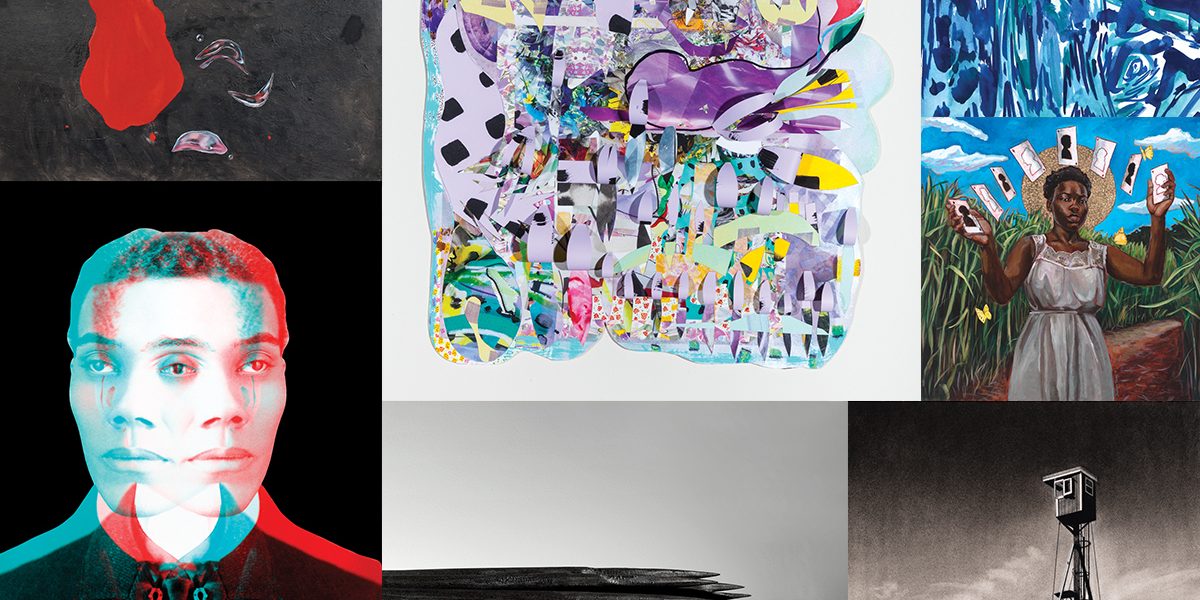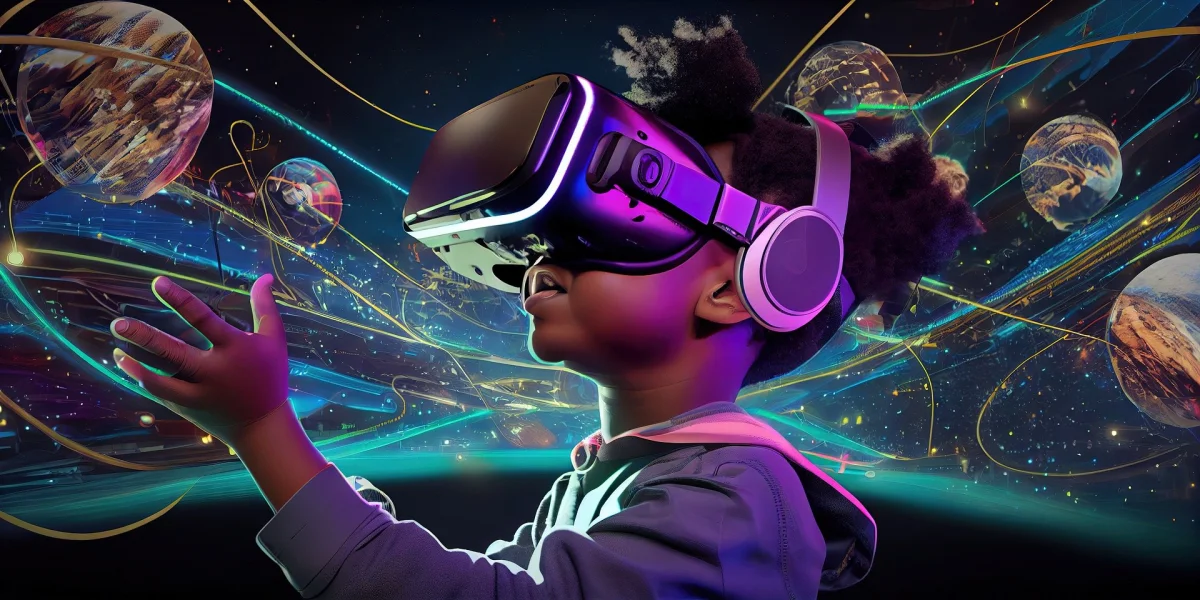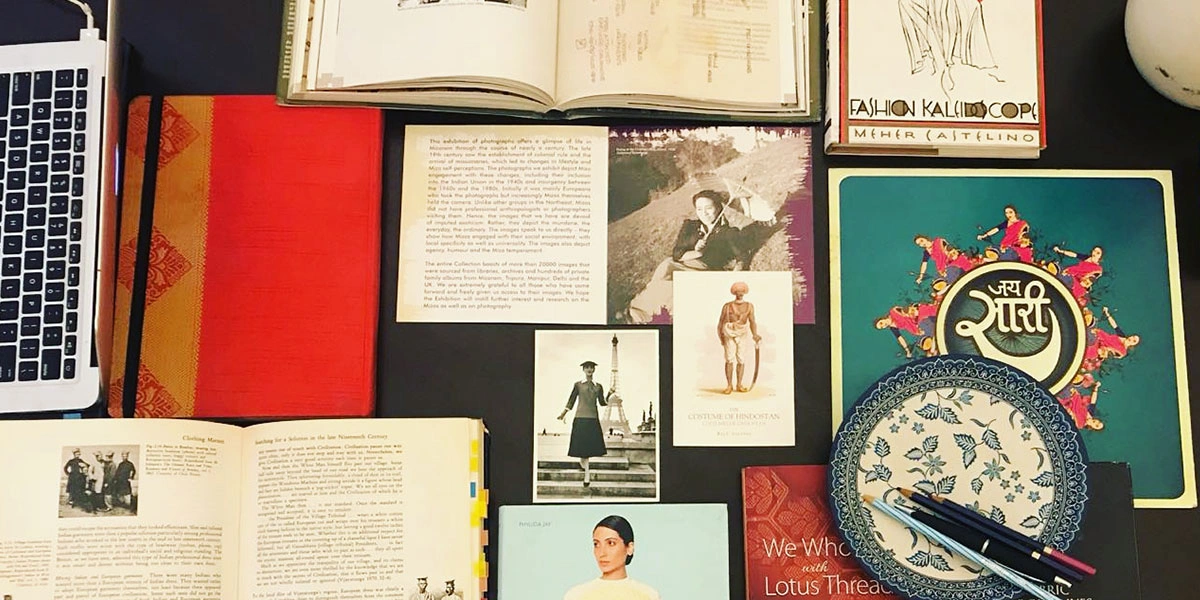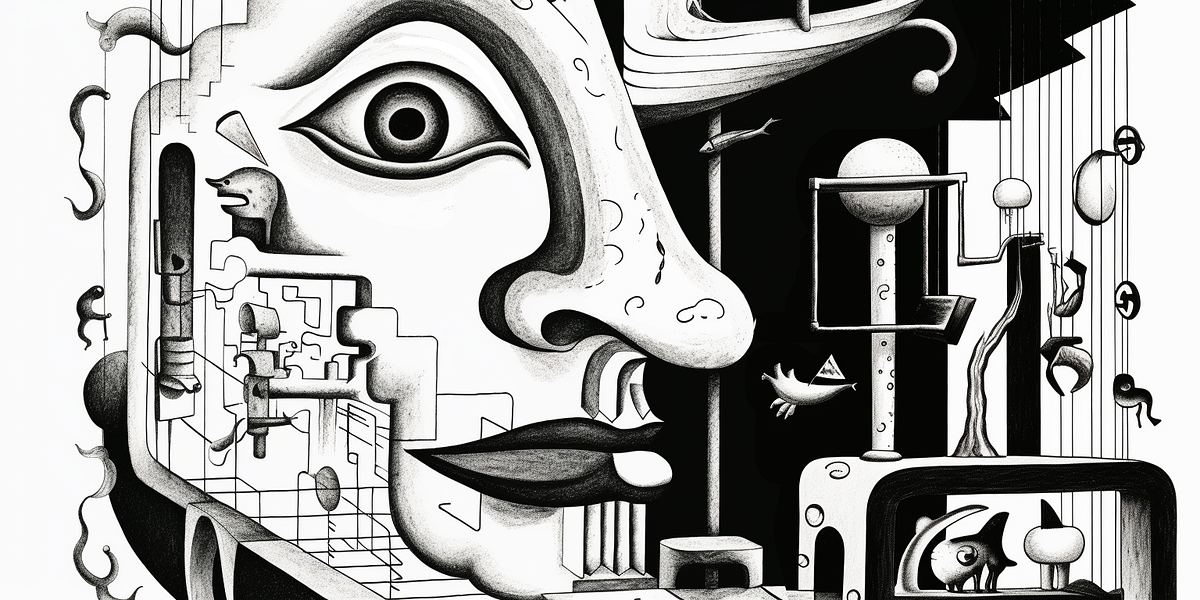In the ever-evolving landscape of contemporary art, new trends continually emerge, pushing boundaries and redefining cultural innovation. Let’s delve into some of the most notable trends shaping the contemporary art scene today.
Embracing Diversity and Inclusion
In recent years, there has been a significant emphasis on diversity and inclusion within the art world. Artists from marginalized communities are gaining recognition and representation, bringing fresh perspectives and narratives to the forefront. This trend not only fosters a more inclusive artistic environment but also challenges traditional power structures within the Art world.
Technological Integration
Technology has become an integral part of contemporary art, offering artists new tools for creative expression. From digital art to interactive installations, technology allows artists to push the boundaries of traditional mediums and engage audiences in innovative ways. Augmented reality (AR) and virtual reality (VR) are particularly gaining traction, offering immersive experiences that blur the lines between the physical and digital worlds.
Environmental Consciousness
With growing concerns about climate change and environmental degradation, many contemporary artists are turning their focus to sustainability and environmentalism. This trend manifests in various forms, from eco-friendly art materials to artworks that raise awareness about pressing environmental issues. Through their work, these artists spark important conversations about our relationship with the planet and the urgent need for action.
Social and Political Commentary
Contemporary artists are increasingly using their platforms to address social and political issues, sparking dialogue and provoking thought. Whether through painting, sculpture, or performance art, many artists are tackling topics such as racial injustice, gender equality, and human rights. By confronting these pressing issues head-on, artists are leveraging their art as a powerful tool for social change and advocacy.
Hybridization of Mediums
One of the most notable trends in contemporary art is the hybridization of mediums, where artists combine different artistic disciplines to create unique and multi-dimensional works. This blending of mediums often results in hybrid forms of art that defy categorization and challenge traditional notions of artistic practice. By embracing hybridization, artists are able to break free from conventions and explore new avenues of creativity.
Rediscovery of Craftsmanship
Amidst the digital revolution, there has been a resurgence of interest in traditional craftsmanship within the contemporary art world. Many artists are revisiting age-old techniques and artisanal practices, infusing their work with a sense of craftsmanship and tactile beauty. This trend reflects a desire to reconnect with the tangible and the handmade in an increasingly digital age.
Pushing Boundaries with Conceptual Art
Conceptual art is a prominent movement within contemporary art that challenges traditional notions of artistry by prioritizing ideas and concepts over tangible forms. This avant-garde approach encourages viewers to engage with art on a conceptual level, prompting deeper introspection and philosophical inquiry.
Exploring Identity and Representation

Identity and representation have become central themes in contemporary art, with many artists exploring issues of race, gender, sexuality, and identity politics. Through their work, these artists aim to challenge stereotypes, disrupt power dynamics, and advocate for marginalized communities. By amplifying diverse voices and experiences, contemporary art plays a crucial role in fostering empathy, understanding, and social change.
Globalization and Cultural Exchange
In an increasingly interconnected world, contemporary art reflects the complexities of globalization and cultural exchange. Artists draw inspiration from diverse cultural traditions, blending elements from different regions and societies to create hybridized artworks that transcend geographical boundaries. This cross-pollination of ideas and influences enriches the artistic landscape, fostering a greater sense of global interconnectedness and understanding.
The Rise of Street Art and Graffiti
Street art and graffiti have emerged as significant forms of contemporary expression, challenging the distinction between high and low art and democratizing the art-making process. Often created in public spaces, these artworks engage directly with urban environments, addressing social issues, reclaiming public space, and sparking dialogue among diverse communities. Street art’s accessibility and immediacy make it a powerful tool for cultural commentary and social activism.
Sustainability and Eco-Art
With growing concerns about environmental degradation, many contemporary artists are turning their attention to sustainability and eco-art. These artists use recycled materials, natural elements, and eco-friendly processes to create artworks that raise awareness about environmental issues and promote sustainable living practices. By integrating environmental consciousness into their work, these artists inspire viewers to reconsider their relationship with the natural world and take action to protect it.
Embracing Multisensory Experiences
Contemporary art is increasingly moving beyond the visual realm to incorporate multisensory experiences that engage viewers on a more immersive level. Artists are experimenting with sound, scent, touch, and even taste to create interactive artworks that stimulate multiple senses simultaneously. These multisensory experiences offer audiences a deeper connection to the artwork and a more profound emotional impact, transcending the limitations of traditional art forms.
Exploring Virtual Realities and Digital Worlds

The advent of digital technology has opened up new possibilities for contemporary artists to explore virtual realities and digital worlds. From virtual exhibitions to immersive installations, artists are harnessing the power of digital media to create artworks that exist beyond the confines of physical space. Virtual reality (VR) and augmented reality (AR) technologies allow viewers to interact with artworks in entirely new ways, blurring the boundaries between the real and the virtual.
Performance Art and Live Experiences
Performance art has long been a staple of contemporary art, pushing the boundaries of traditional art forms and challenging audience expectations. In recent years, there has been a resurgence of interest in performance art, with artists using live performances to explore themes of identity, politics, and social justice. These ephemeral and often unpredictable performances invite viewers to participate actively in the artistic experience, breaking down the barriers between artist and audience.
The Influence of Social Media and Digital Platforms
Social media and digital platforms have become integral to the dissemination and consumption of contemporary art, democratizing access to artwork and facilitating global dialogue among artists and audiences. Platforms like Instagram, TikTok, and YouTube have emerged as powerful tools for artists to showcase their work, build communities, and connect with audiences worldwide. The influence of social media on contemporary art cannot be overstated, shaping trends, fostering collaboration, and amplifying diverse voices within the art world.
Fusing Art and Science
In recent years, there has been a growing trend towards interdisciplinary collaborations between artists and scientists, resulting in innovative artworks that explore the intersections of art and science. From bioart to data visualization, these collaborations push the boundaries of artistic expression and offer new insights into complex scientific concepts. By bridging the gap between art and science, these interdisciplinary projects challenge conventional ways of thinking and encourage dialogue between disparate fields.
The Impact of Global Events and Societal Changes
Contemporary art is deeply influenced by global events and societal changes, reflecting the zeitgeist of our time. Major events such as political upheavals, social movements, and global pandemics often serve as catalysts for artistic expression, inspiring artists to reflect on the complexities of the human experience and the world around them. From the Black Lives Matter movement to the COVID-19 pandemic, contemporary artists are grappling with pressing issues and using their art as a means of reflection, protest, and healing.
Championing Artistic Collaboration and Collectivism

Collaboration and collectivism have become increasingly prevalent in contemporary art, with artists joining forces to create collective artworks and collaborative projects. These collaborations foster a spirit of solidarity and cooperation within the artistic community, encouraging artists to share resources, ideas, and expertise. By working together, artists are able to amplify their voices, reach wider audiences, and effect greater social change.
Embracing Impermanence and Flux
Contemporary art often embraces impermanence and flux, challenging traditional notions of permanence and durability. Many contemporary artworks are ephemeral in nature, existing only temporarily before being dismantled, destroyed, or transformed. This emphasis on impermanence reflects a broader cultural shift towards embracing change and embracing the fleeting nature of existence.
Engaging with Art as Activism
Art has long been a powerful tool for social and political activism, and contemporary artists continue to leverage their platforms to effect change. From protest art to community-based projects, artists are using their creativity to address pressing social issues and advocate for justice and equality. By engaging with art as activism, artists are able to mobilize communities, raise awareness, and spark meaningful dialogue around important social issues.
The Importance of Art Education and Accessibility
Art education and accessibility are essential components of contemporary art, ensuring that art remains accessible to all members of society. Many contemporary artists are actively involved in art education and outreach programs, working to make art more inclusive and accessible to diverse communities. By promoting art education and accessibility, artists are able to democratize the art-making process and empower individuals to engage with art in meaningful ways.
Conclusion
Contemporary art is a dynamic and multifaceted field that encompasses a wide range of artistic practices, themes, and influences. From embracing diversity and inclusivity to exploring new technologies and engaging with pressing social issues, contemporary artists are at the forefront of cultural innovation, challenging conventions, and pushing boundaries in bold and exciting ways. By staying attuned to contemporary art trends, we can gain a deeper understanding of the complexities of the modern world and the transformative power of artistic expression.
